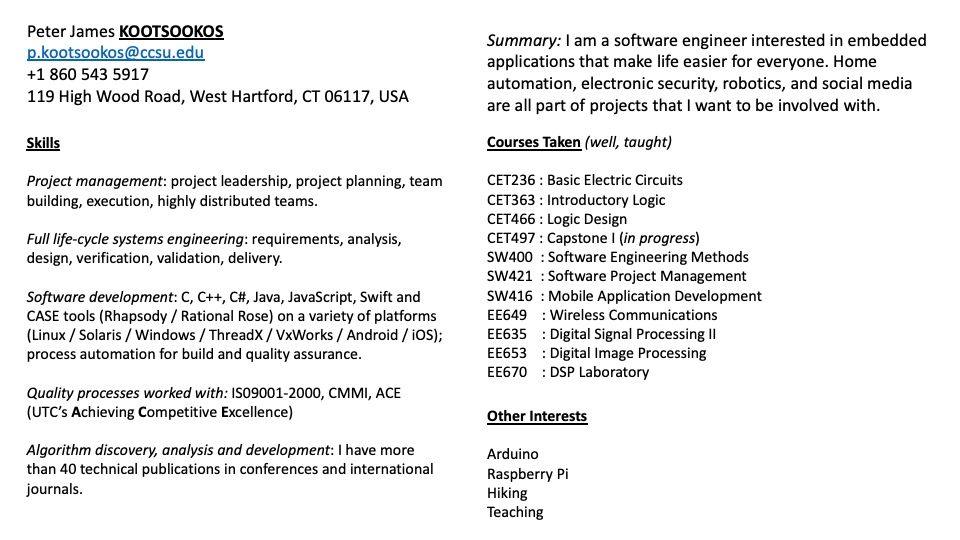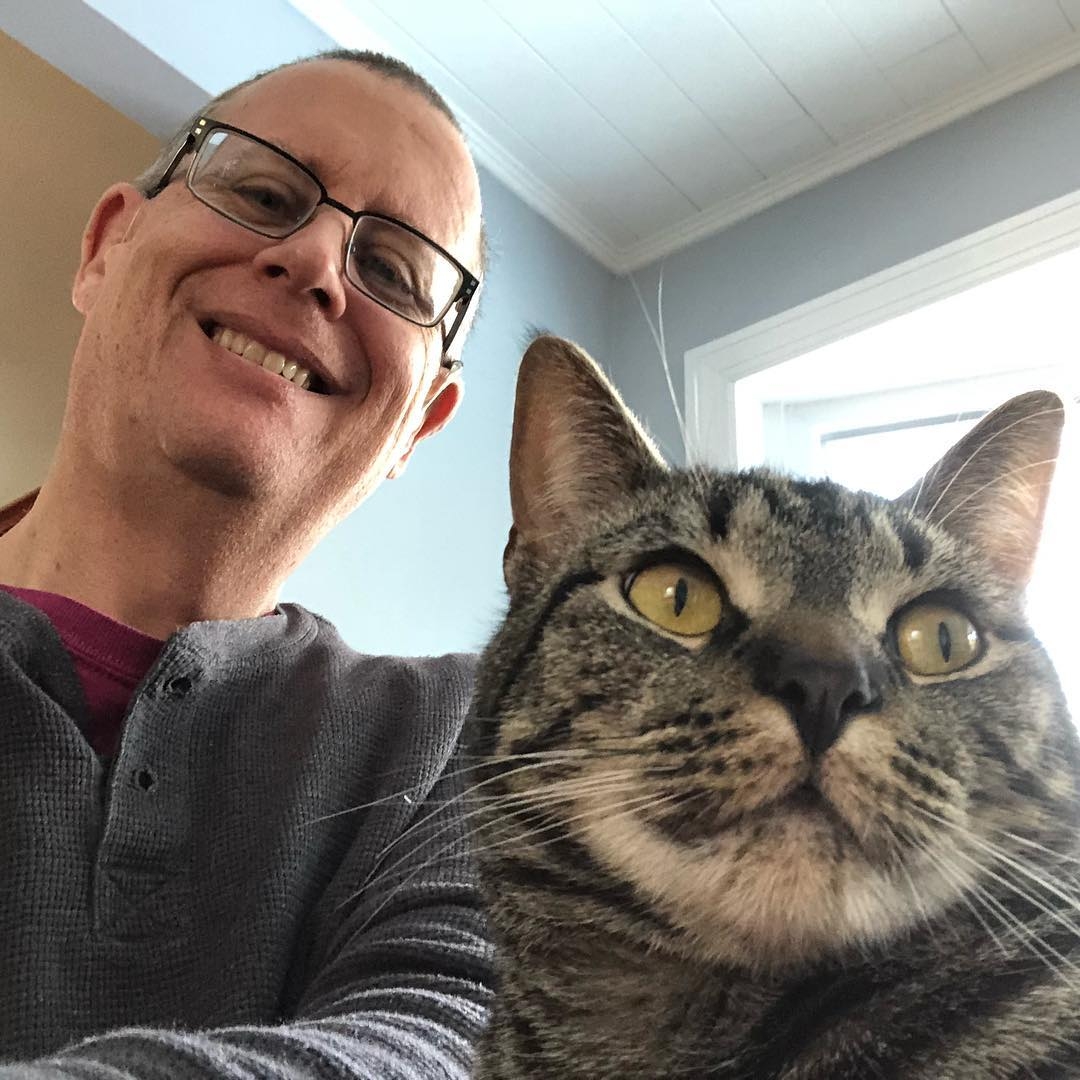How to write a résumé
Published:
Whenever I apply for a job, one of the first things I think about is how to present myself in the form of a résumé.
I was listening to a podcast yesterday, and Erin Urban suggested that the résumé needs to capture the reader’s imagination in the first half page.
So what should go in that first half-page?
Your details
A quick list of the details about you:
- Your full name: Make sure they know how to refer to you, which is your family name, and which is your personal name. Include your preferred pronouns.
- Your mobile phone number: They need to know how to contact you for a voice call. If you prefer Zoom, make sure they do too. Mobile numbers allow quick text messages to confirm any unexpected changes.
- Your personal, professional email address. An address like willCodeForFood@gmail.com might be funny, but it’s better to have something closer to YourName@gmail.com.
Your headline
After that, I’d put your biggest selling point. This will be different for different people.
Skills
Sometimes, your biggest selling point is your skills that are relevant to the assignment.
Perhaps you’re the progenitor of the latest new tech thing. That’s the headline.
Perhaps you have deep experience in a nearly obsolete technology. That’s the headline.
Past experience
Perhaps your best selling point is something else: that you’ve done the job before and have received industry accolades for it. That’s the headline.
Capstone résumé
The résumé template that I give the students to fill out for the capstone course I teach at Central Connecticut State University (CCSU) is like the one below. The aim of these résumés is to find common ground with other students so we can propose a team capstone project that they’ll be interested to work on until December.

Many students don’t have much employment experience. Many students only have the courses in the Computer Engineering Technology (CET) major.
So, I ask for:
- Contact details: This is especially important in a remote class as now. The students will eventually need to work in teams, and contact is important.
- Summary: What do they think of themselves, and what do they want to get out of capstone?
- Skills: What do they think they do well? Often this isn’t necessarily technical. Several of the current cohort have worked in retail to put themselves through college. Some have worked in manufacturing.
- Courses taken: Even though the students are all in the same major, sometimes it’s the off-major courses that suggest new ideas.
- Other interests: A great motivator for many students are their outside, non-technical interests. Sometimes, the students can bring their technical skills to their real passions, and that makes for a great project.
This semester: ideation
This semester, there are ten capstone students in the class. We have a wide variety of outside interests.
One common theme through much of what the students talk about is computer networking. The CET major includes many required courses in networking and network security, so it’s hardly surprising. What is surprising is that this is the third cohort of students I’ve taken through their capstone course, and this is the first time networking has featured so prominently.
As we move through the ideation process, we’ll take these résumés and dig a little more deeply into the students’ interests to find the projects they’ll work on. We usually don’t select the projects and the teams until half-way through this first semester.
